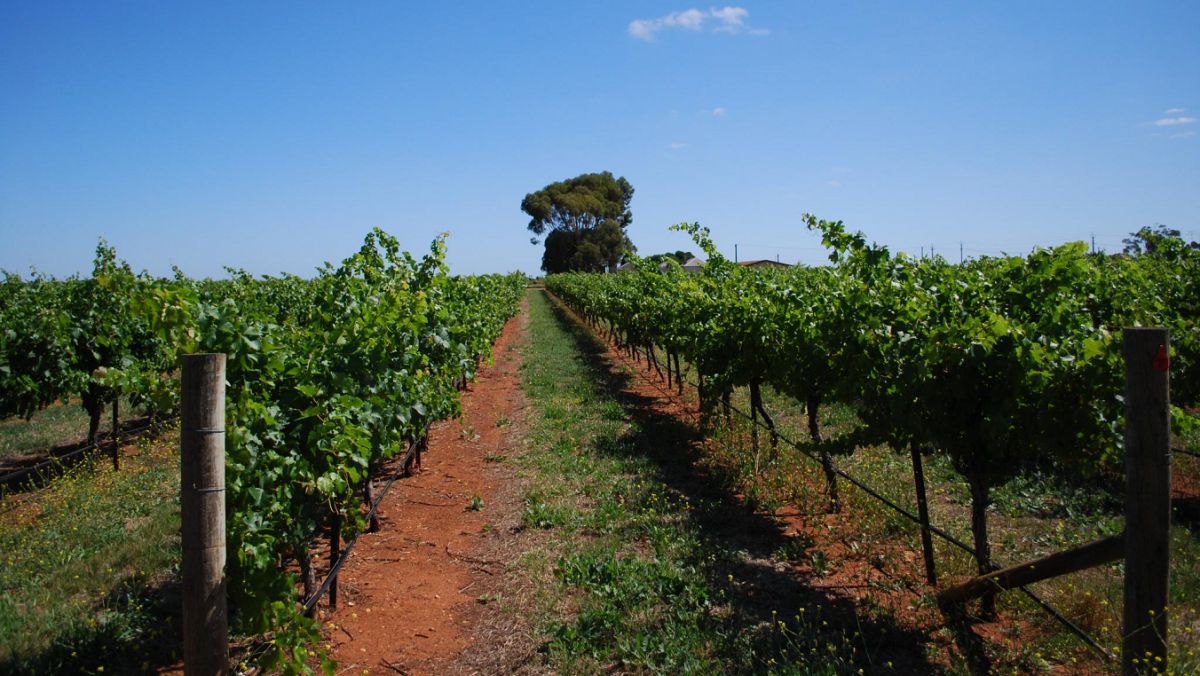The Australian Viticultural Area (GI) is located near the town of Penola in the Limestone Coast zone in the south of the state of South Australia, 350 kilometres south-east of Adelaide. The name comes from the Aboriginal language and means "honey suckle" (honeysuckle). A special feature is the reddish-coloured, ferrous soil type Terra Rossa. As early as the 1860s, settlers became aware of the special properties of this soil. At first, however, this area was only used for fruit growing. The immigrant Scotsman John Riddoch (1827-1901), who founded the Coonawarra Fruit Colony, is regarded as the father of the wine-growing region, who also gave it its name. He first planted vineyards in the area of the Katnook Estate and Wynns vineyards in the early 1890s. He triggered a huge boom by selling 800 hectares of land. From 1960 onwards, the optimal suitability for red wines was recognised, especially from the Shiraz and Cabernet Sauvignon varieties.

A special feature is a 14.5 km long and only 1.5 km wide cigar-shaped strip of henna-red, ferrous soil that is only five to 50 cm deep. Beneath this is a 1.5 to 2 metre high layer of limestone with a constant groundwater level below, which is fed from the mountains. The second most important factor is the very special climate. Coonawarra is the southernmost wine-growing region in the state of South Australia, only 60 kilometres from the cool ocean (Tasman Sea) with its cold Antarctic winds. Winter is cold with abundant rainfall, spring is cool and often icy.
A mild, dry summer is followed by a long, cool autumn. This results in a relatively long and cool vegetation cycle for the vines, allowing the intensity of the flavours in the grapes to build up slowly and a balanced acidity to develop. The region is very similar to the Médoc (Bordeaux), particularly in terms of climate and soil conditions. Due to the very similar soil, the Padthaway area to the north is known as the "Coonawarra twin".
The vineyards cover around 5,500 hectares of vines. The most important red wine varieties are Cabernet Sauvignon, Shiraz, Pinot Noir and Merlot, while the most important white wine varieties are Chardonnay, Riesling and Sauvignon Blanc. Well-known producers are Accolade Wines, Balnaves, Bowen Estate, Brand's, DiGiorgio Family Wines, Highbank Vineyards, Hollick, Jamiesons Run, Katnook Estate, Leconfield, Lindeman's, Majella, Mildara, Orlando, Parker Estate, Penfolds, Penley Estate, Petaluma, Raidi Estates, Redman Wines, Rosemount Estate, Rymill, Whistle Post Wines, Wolf Blass, Wynns, Yalumba and Zema Estate.
Image: By Alpha - Flickr: Wynns, CC BY-SA 2.0, Link
Voices of our members

In the past, you needed a wealth of encyclopaedias and specialist literature to keep up to date in your vinophile professional life. Today, Wine lexicon from wein.plus is one of my best helpers and can rightly be called the "bible of wine knowledge".
Prof. Dr. Walter Kutscher
Lehrgangsleiter Sommelierausbildung WIFI-Wien